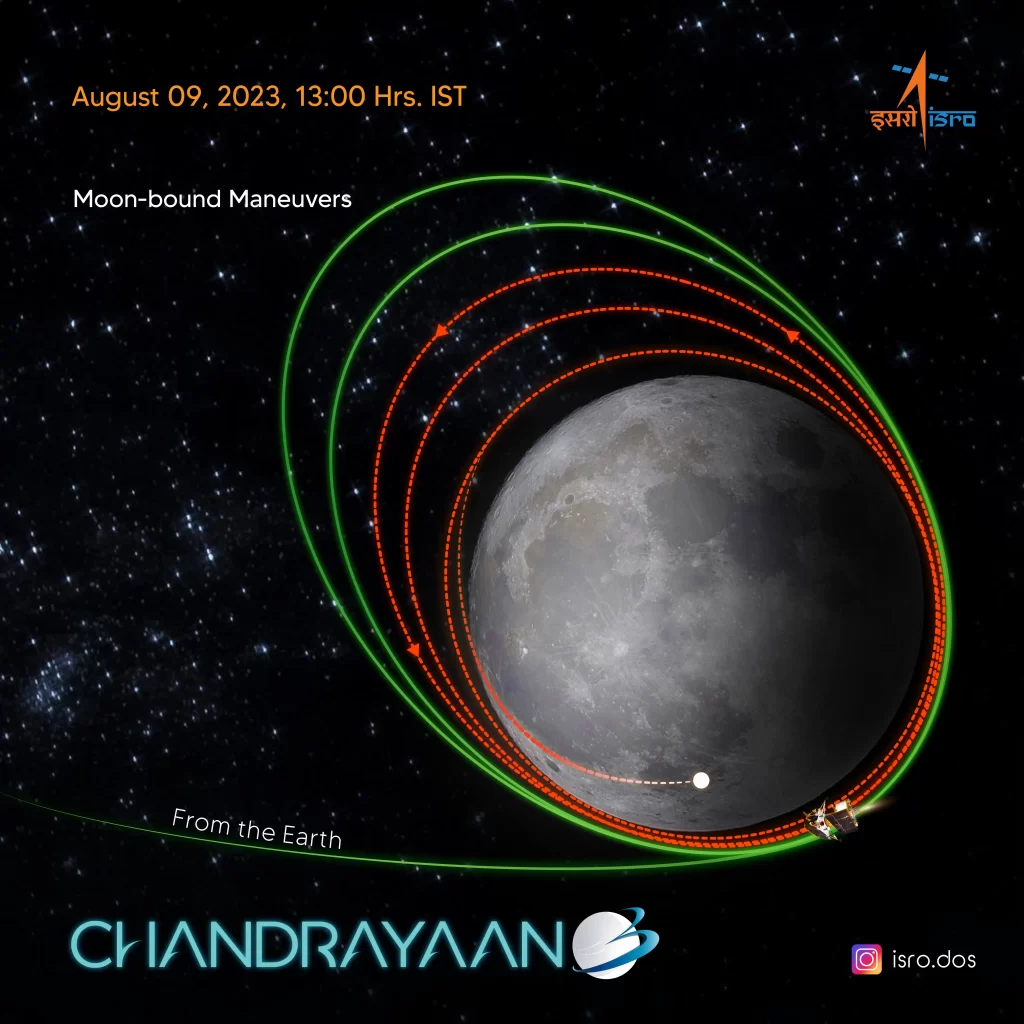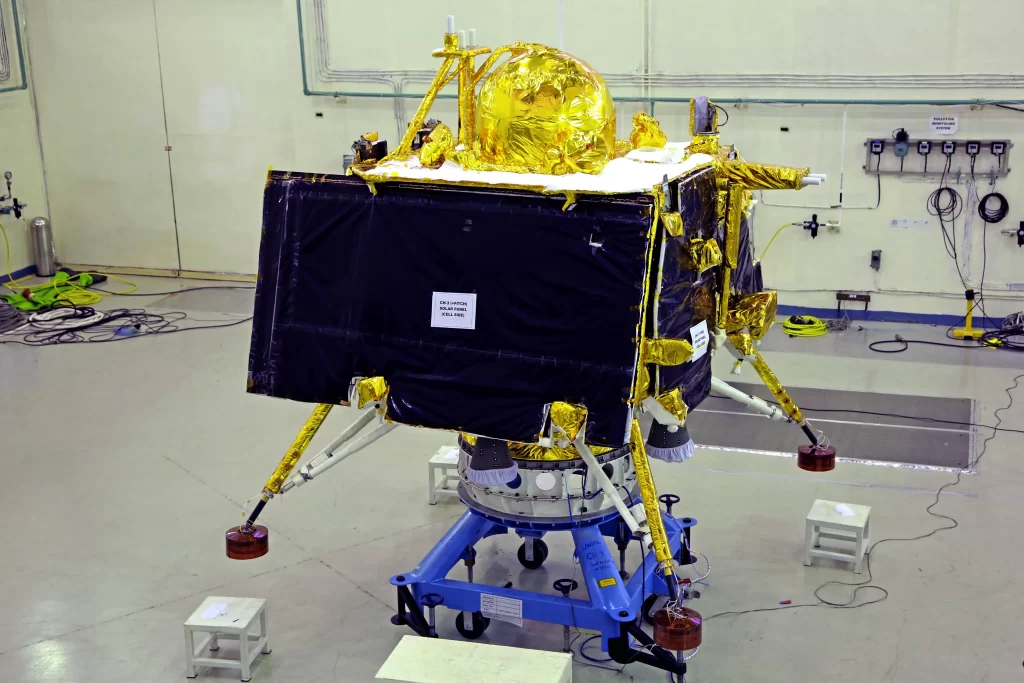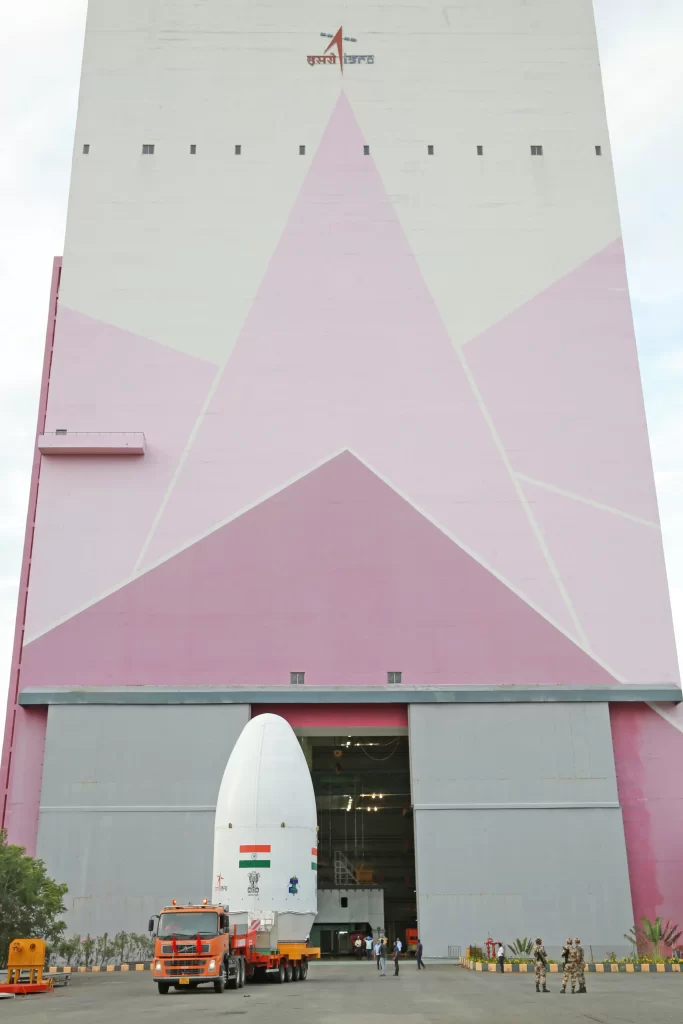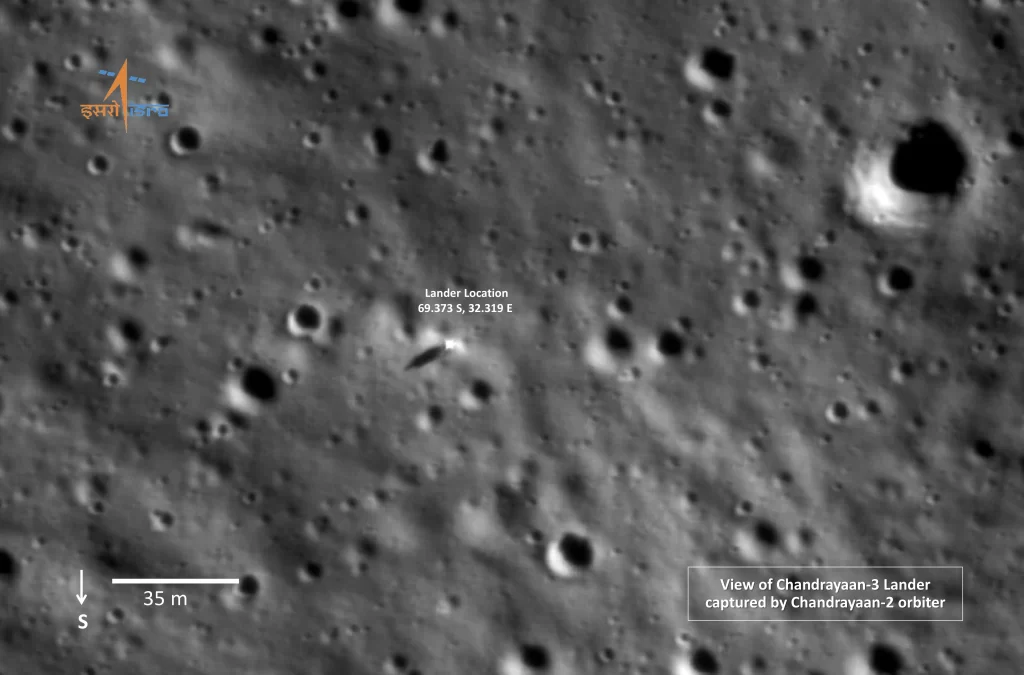Introduction
In the vast cosmos beyond our planet, the Moon has always held a special fascination for humanity. Its silvery glow has inspired poets and dreamers for millennia, and it has been a target of exploration for scientists and space agencies worldwide. India, with its successful Chandrayaan missions, has firmly established itself as a key player in lunar exploration. Chandrayaan 3, the latest chapter in this saga, marks a significant leap forward in India’s quest to unravel the Moon’s secrets.

A Legacy of Success
Before diving into the exciting developments of Chandrayaan 3, let’s briefly revisit the legacy of its predecessors.
Chandrayaan 1 (2008): India’s inaugural lunar mission made history by discovering water molecules on the Moon’s surface, reshaping our understanding of Earth’s celestial companion.
Chandrayaan 2 (2019): This ambitious mission included an orbiter, a lander (Vikram), and a rover (Pragyan). While the Vikram lander faced a setback during its attempted soft landing, the Chandrayaan 2 orbiter continues to send valuable data and insights about the lunar environment.
Chandrayaan 3: A Fresh Start
Chandrayaan 3 represents India’s unwavering determination to master the art of lunar landings and expand our understanding of the Moon’s geology, mineral composition, and potential for future human missions.
Primary Objectives
- Successful Landing: The core objective of Chandrayaan 3 is to accomplish a successful soft landing on the lunar surface. The lander and rover components have been meticulously designed and tested to ensure a smooth descent.
- Scientific Exploration: Chandrayaan 3 will carry a suite of scientific instruments to study the Moon’s topography, mineralogy, and the presence of water ice. These findings could have profound implications for future lunar research and human missions.
- International Collaboration: India’s space agency, ISRO, has expressed interest in collaborating with international space organizations to further enhance the scope and depth of lunar exploration.
Overcoming Challenges and Innovations
ISRO has diligently addressed the challenges faced during the Chandrayaan 2 mission. Key enhancements include improvements in navigation, communication systems, and a more robust landing sequence. These innovations aim to significantly increase the chances of a successful lunar landing.
Global Interest and Partnerships
The Chandrayaan missions have not only captured the imagination of the Indian public but have also drawn international attention and partnerships. Collaborations with countries like the United States, Russia, and Japan promise a future of cooperative lunar exploration, fostering scientific advancements and global unity in space exploration.
Conclusion
Chandrayaan 3 stands as a testament to India’s commitment to lunar exploration and space science. As the mission unfolds, it promises to deliver groundbreaking discoveries and advancements in our understanding of the Moon. With improved technology and invaluable lessons from past missions, the anticipation and excitement surrounding Chandrayaan 3 are palpable. As we embark on this celestial journey once again, the world eagerly awaits the wealth of insights and scientific revelations that this mission is poised to provide, further illuminating the enigmatic world of our closest cosmic neighbor.
























































